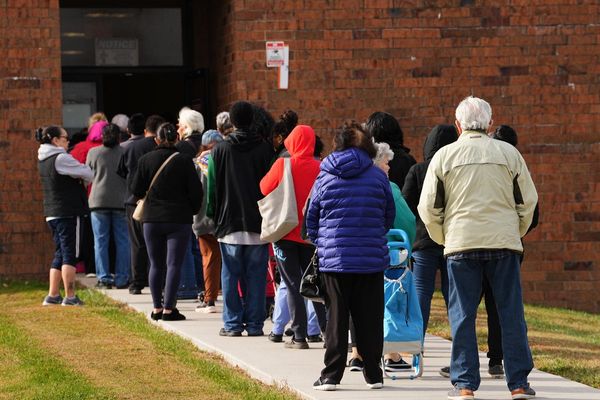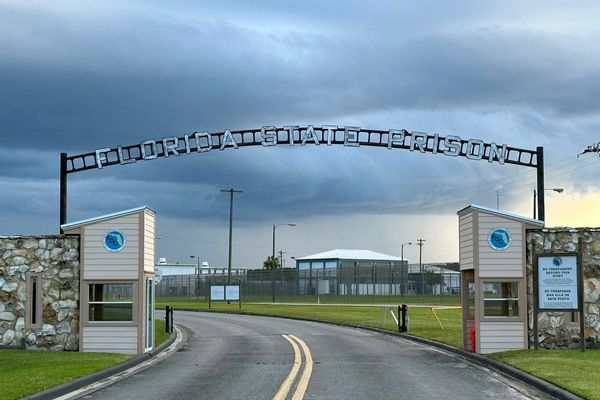
Imagine sitting at home, scrolling through your phone, when you suddenly notice your Wi-Fi name has changed to something you didn’t set. Maybe it’s a string of random characters, or worse, a message that makes your skin crawl. It’s easy to shrug this off as a glitch, but a mysterious Wi-Fi name change is a red flag you shouldn’t ignore. Your home network is the digital front door to your life, and any unexpected change could signal a serious security breach. Understanding why this happens and what to do next can protect your privacy, finances, and physical safety. Here’s why you should take a changed Wi-Fi name seriously—and what steps you need to take if it happens to you.
1. A Changed Wi-Fi Name Is a Major Security Red Flag
When your Wi-Fi name changes without your input, it’s rarely a harmless accident. Most routers require a password and direct access to change the network name (SSID). If you didn’t do it, someone else did—either from inside your home or remotely. This could mean your router has been hacked, or someone has gained unauthorized access to your network settings. Hackers often change Wi-Fi names as a calling card or to signal they’ve taken control. This is a clear sign your home network security has been compromised, and you need to act fast.
2. Your Personal Data Could Be at Risk
A compromised Wi-Fi network is an open invitation for cybercriminals to snoop on your online activity. If someone has access to your router, they can potentially monitor your internet traffic, steal passwords, or access sensitive files on connected devices. This puts your banking information, emails, and even smart home devices at risk. The Federal Trade Commission warns that cybercriminals often use compromised networks to launch phishing attacks or install malware. If your Wi-Fi name changes unexpectedly, assume your data could be exposed and take immediate steps to secure your information.
3. Physical Safety Concerns Are Real
It’s unsettling, but a changed Wi-Fi name can sometimes be a threat in itself. Hackers have been known to rename networks with intimidating messages or personal information to scare or harass residents. In rare cases, this could be a sign that someone is targeting your household specifically. If the new Wi-Fi name contains threats, personal details, or anything that makes you feel unsafe, it’s wise to leave the house and contact authorities. Your safety is more important than your internet connection.
4. Your Smart Home Devices Are Vulnerable
Many homes today are filled with smart devices—thermostats, cameras, lights, and more—all connected to your Wi-Fi. If your network is compromised, so are these devices. Hackers can use your router as a gateway to control or spy on your smart home gadgets. The Cybersecurity & Infrastructure Security Agency highlights that unsecured smart devices can be manipulated to invade your privacy or disrupt your daily life. If your Wi-Fi name changes without warning, disconnect your smart devices immediately and reset them after securing your network.
5. Immediate Steps to Take If Your Wi-Fi Name Changes
If you notice your Wi-Fi name has changed and you weren’t the one to do it, don’t panic—but don’t ignore it either. First, disconnect all devices from the network. Next, unplug your router and leave your home if you feel unsafe. Once you’re in a secure location, contact your internet service provider for guidance. Change all your important passwords, especially those related to banking, email, and social media. When it’s safe, reset your router to factory settings and set up a new, strong password. Consider enabling two-factor authentication if your router supports it. These steps can help you regain control and prevent further breaches.
6. How to Prevent Future Wi-Fi Security Breaches
Prevention is always better than reaction. Regularly update your router’s firmware to patch security vulnerabilities. Use a strong, unique password for your Wi-Fi and router admin panel. Avoid using default network names or passwords, as these are easy targets for hackers. Enable network encryption (WPA3 if available) and disable remote management features unless absolutely necessary. Periodically check your connected devices list for anything unfamiliar. Taking these proactive steps can make your home network much harder to crack.
Stay Alert: Your Wi-Fi Name Is Your First Line of Defense
A sudden Wi-Fi name change is more than just a tech annoyance—it’s a warning sign that your digital and physical security may be at risk. Treat it as an urgent call to action. By staying vigilant, acting quickly, and following best practices for home network security, you can protect your personal data, your smart devices, and your peace of mind. Don’t wait for a second warning—your Wi-Fi name is often the first clue that something is wrong.
Have you ever experienced a strange Wi-Fi name change or other suspicious network activity? Share your story or tips in the comments below!
Read More
Securing Your Wireless Home Internet Connection
Securing Your Email When Using Public Computers
The post If Your Wi-Fi Name Changes Without You Knowing—Leave the House appeared first on Clever Dude Personal Finance & Money.







